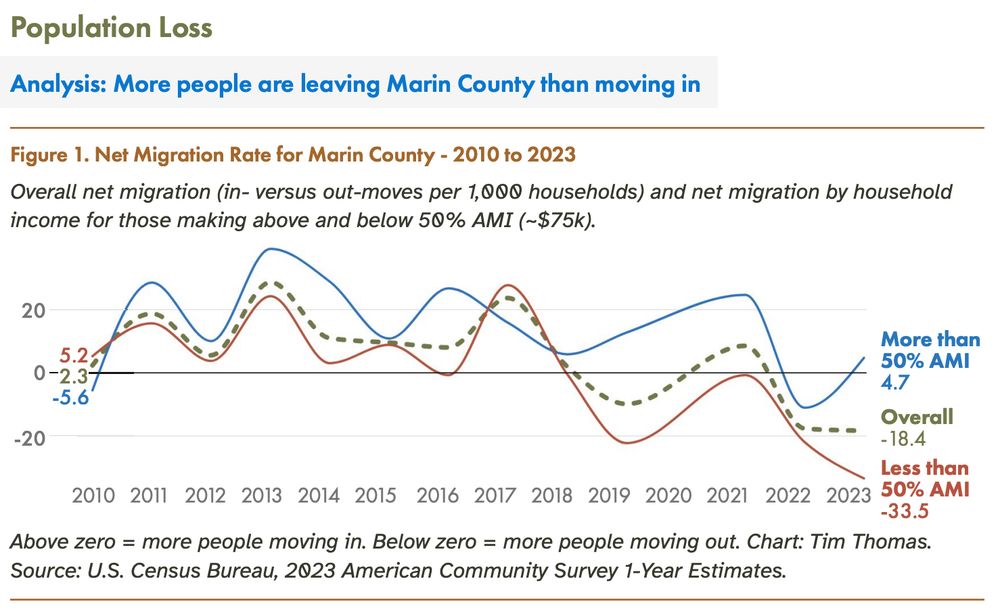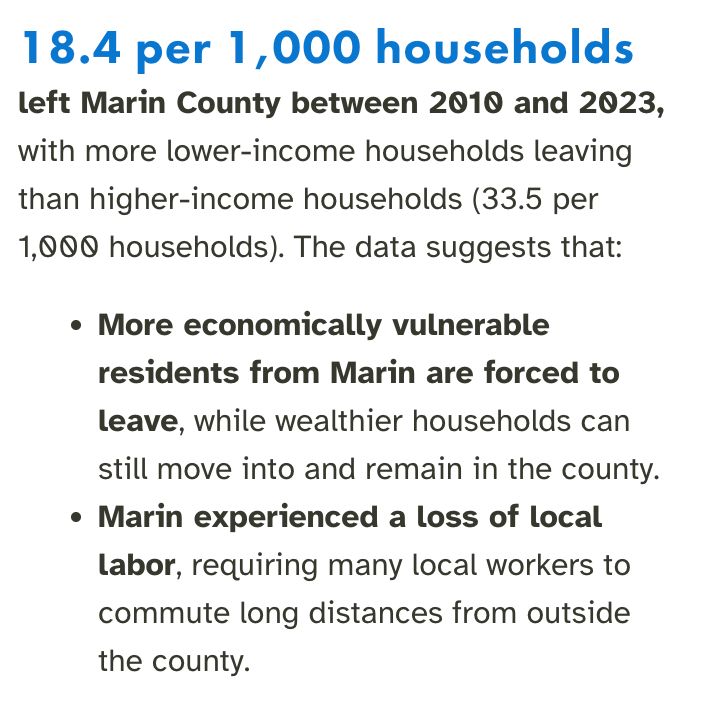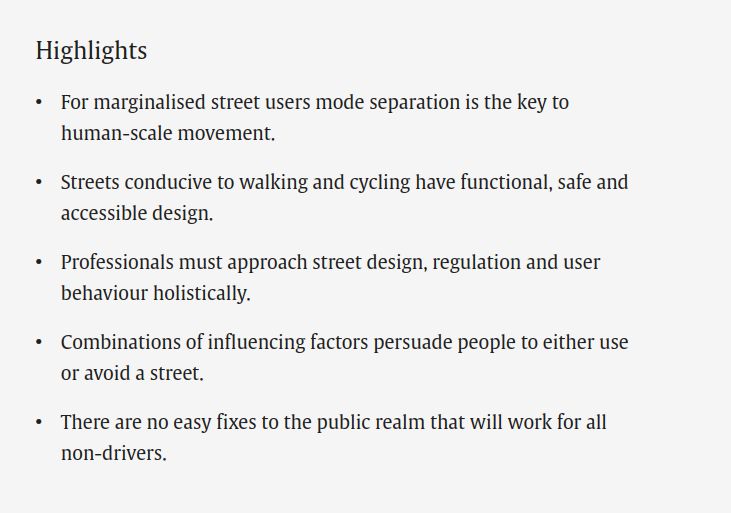Robert Prinz
@prinzrob.bsky.social
1.6K followers
320 following
8.5K posts
Advocacy Director at BikeEastBay. See me for bicycle culture & transportation infrastructure news on the sunny side of the Bay. My posts are my own.
Posts
Media
Videos
Starter Packs
Pinned
Robert Prinz
@prinzrob.bsky.social
· Nov 18
Reposted by Robert Prinz
Reposted by Robert Prinz
Reposted by Robert Prinz
Reposted by Robert Prinz














